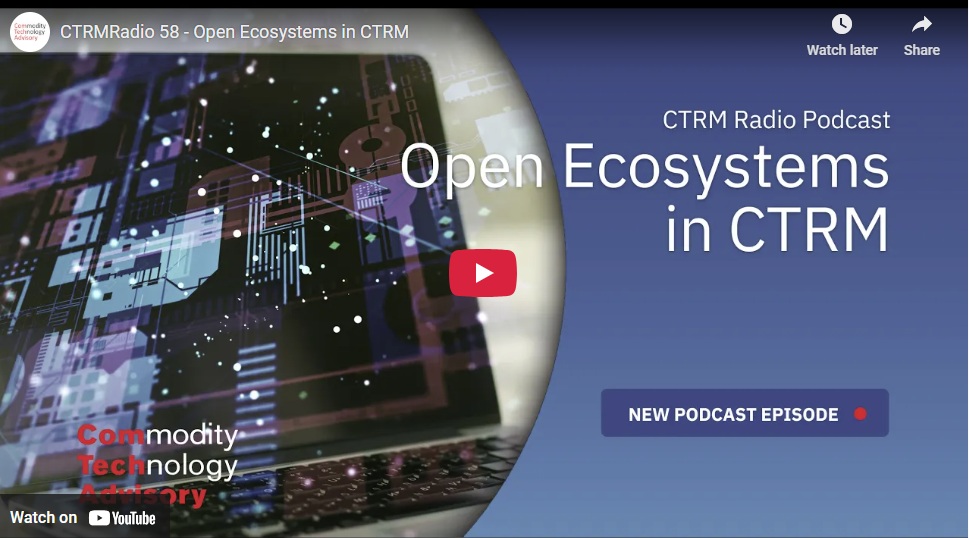What is CTRM?
CTRM stands for Commodity Trading and Risk Management (sometimes called ETRM in the energy business). It refers to software systems used by companies that buy, sell, or process commodities—like energy, agriculture, or metals—to manage their trading activities and financial exposure. CTRM software helps track trades, manage pricing, monitor risk, and generate reports. Traditionally, these systems have been complex, expensive, and built for large trading houses or financial institutions.
Who uses CTRM software?
CTRM systems are used by commodity traders, producers, processors, distributors, and manufacturers—anyone involved in buying, selling, or transforming raw materials. Users might range from dedicated trading desks at global firms to supply chain managers at mid-size food companies trying to manage price exposure in wheat, dairy, or packaging.
Why do companies need a CTRM?
A: Because tracking commodity trades and exposures with spreadsheets is risky and time-consuming. A good CTRM platform provides:
- A centralized view of trades
- Real-time mark-to-market valuation
- Auditability and compliance tracking
- Tools to analyze risk and forecast impacts
Without a CTRM, teams often rely on siloed spreadsheets that are hard to maintain, easy to break, and nearly impossible to scale.
What’s wrong with traditional CTRM systems?
Traditional CTRMs are often:
- Too complex: Designed for power users with deep training
- Too expensive: Six-figure implementation costs are common
- Closed: Limited integration with other systems or tools
- Rigid: Hard to customize or adapt to a company’s specific workflow
As a result, many companies end up exporting data to Excel and working outside the system.
What makes OpenCTRM different?
OpenCTRM is built for companies that never thought a CTRM was realistic or for those who have used a legacy CTRM and are looking for something different. It focuses on the core workflows—trade capture, mark-to-market, and reporting—but with a modern, open, and accessible approach:
- Instant Free Trial & Getting Started Guides
- Direct integrations with Excel and Power BI
- A fully documented API
- An upcoming third-party marketplace for add-ons
It’s easy to try, easy to use, and built to grow with your business—not lock you into a multi-year contract.



